
Maya pyramid rising above the forest. (633k)
Yaxhá is a magnificent Maya site. It holds remnants of the Maya culture, one of the many Ancient Civilizations that I saw during my travels.
From the Yaxhá entry in Wikipedia:
Yaxhá is a Mesoamerican archaeological site in the northeast of the Petén Basin region, and a former ceremonial center and city of the pre-Columbian Maya civilization. Yaxhá was the third largest city in the region and experienced its maximum power during the Early Classic period (c. 250–600 CE).
The city was located on a ridge overlooking Lake Yaxhá. The name of the city derives from the Mayan for "blue-green water"; it is a notable survival of a Classic period place-name into the modern day. The Yaxhá kingdom is estimated to have covered an area of 237 km² (92 square miles) and to have had a peak population of 42,000 in the Late Classic period of Mesoamerican chronology.
Yaxhá had a long history of occupation with the first settlement being founded sometime in the Middle Preclassic period (c. 1000–350 BCE). It developed into the largest city in the eastern Petén lakes region during the Late Preclassic (c. 350 BCE – 250 CE) and expanded into an enormous city during the Early Classic (c. 250–600 CE). At this time, in common with other sites in Petén, it shows strong influence from the distant metropolis of Teotihuacán in the Valley of México. It was eclipsed during the Late Classic (c. 600–900 CE) by neighboring Naranjo but was never completely dominated. The city survived well into the Terminal Classic (c. 800–900 CE) but was abandoned by the Postclassic period (c. 900–1525).
All pictures are © Dr. Günther Eichhorn, unless otherwise noted.







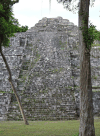







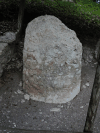

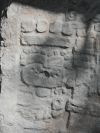

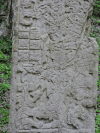
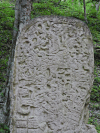



This page contains 24 pictures
Page last updated on Sat Mar 6 16:48:21 2021 (Mountain Standard Time)